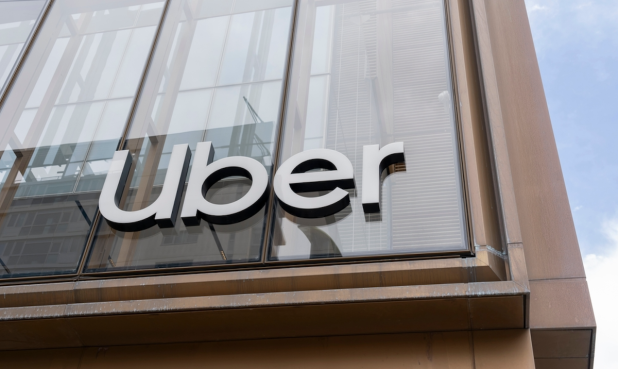
Uber marked a milestone in the second quarter, with 7.4 million monthly drivers and couriers globally, per the company’s earnings report released Tuesday (Aug. 6).
The company’s focus on expanding its service offerings and strategic partnerships has been key to its success. In recent developments, Uber has introduced several new services, including Uber Caregiver, scheduled UberX Share rides, and Uber Shuttle, as announced at the firm’s annual GO-GET event in May. These additions have contributed to an increase in multiproduct usage, with 35% of Uber consumers now engaging with multiple services.
CEO Dara Khosrowshahi noted that multi-product consumers spend three times more than other consumers.
“Uber’s growth engine continues to hum, delivering our sixth consecutive quarter of year-over-year (YoY) trip growth above 20%, alongside record profitability,” Khosrowshahi noted. “And this strong engagement is not limited to consumers. In Q2, our platform supported a record 7.4 million monthly drivers and couriers (whose earnings grew 23% year-over-year), while Mobility supply hours per driver reached an all-time high.”
Gross bookings surged 19% year over year to $39.95 billion, fueled by a 23% increase in ride bookings and a 16% rise in delivery bookings. Revenue rose 16%, to $10.7 billion, bolstered by price hikes and a thriving in-app advertising segment, now running at over $1 billion annually. Meanwhile, the number of monthly active platform consumers increased 15%, to 149 million, a figure representing those who completed either a mobility ride or a delivery order.
Despite concerns about the potential impact of a recession on consumer behavior, Khosrowshahi was optimistic. “While our consumers tend to be higher income, we’re not seeing any softness or trading down across any income cohort. Where the current macroeconomic fears to materialize, we’re confident that Uber can perform well because of the countercyclical nature of our platform,” he said.
On the mobility side, he added, “more driver supply brings down prices for riders and improves reliability. And on the delivery side, merchants are investing in performance channels like ours for growth, improving selection and affordability for consumers.”
Regarding the operational front, Uber has forged new partnerships with Instacart for delivery and BYD for electric vehicles. The latter partnership is set to introduce 100,000 new electric and autonomous vehicles onto the Uber platform.
The initiative will start in Europe and Latin America, with future expansion planned for the Middle East, Canada, Australia and New Zealand. This partnership will offer Uber drivers competitive pricing and financing options for BYD vehicles, marking a significant step in Uber’s commitment to sustainable transportation.
“The electrification of our fleet is an incredibly important initiative for us,” Khosrowshahi said. “And if there is any driver that you want to switch over to EVs, it’s an Uber driver because Uber drivers drive around five times the miles of a regular driver as well. So, it’s a very targeted segment that we’re going after.”
The No. 1 reason some drivers hesitate to move over to EVs is affordability, Khosrowshahi said. “When you look at cost and quality, BYD is really second to none in terms of any manufacturer out there,” he said. “We’re very, very excited with the partnership.”
Regarding recent expansions, Uber has made headway into new markets like Luxembourg and Hungary. When asked about the significance of these moves, Khosrowshahi responded, “Our model continues to adapt and grow in new regions, reflecting the robust demand for our services.”